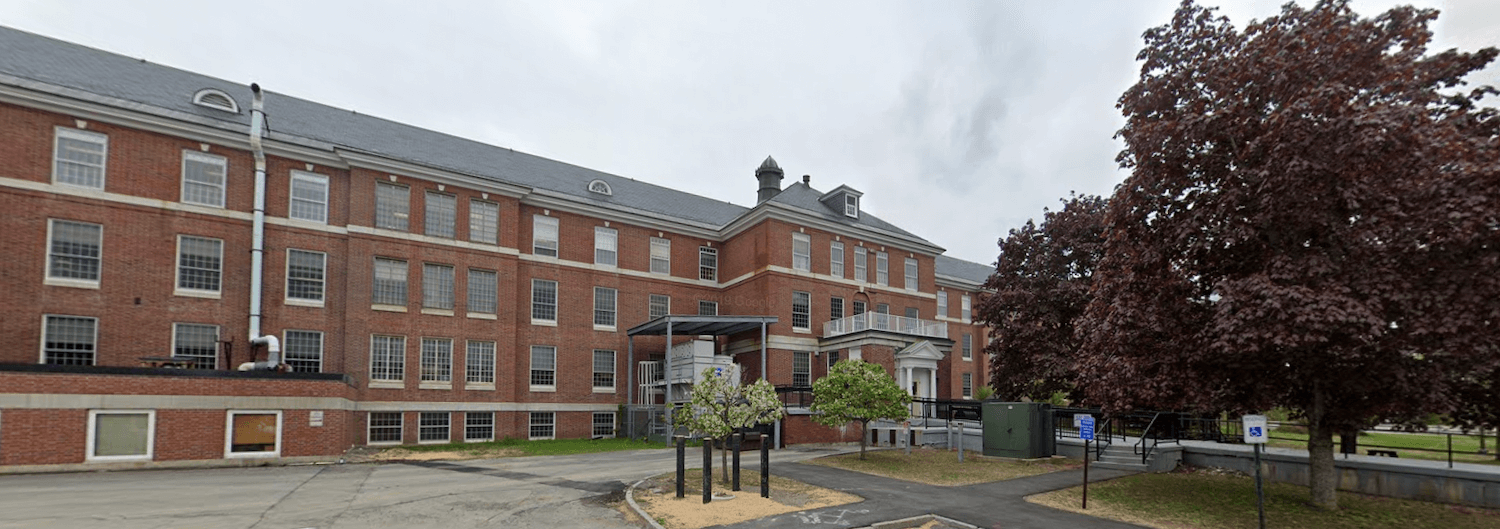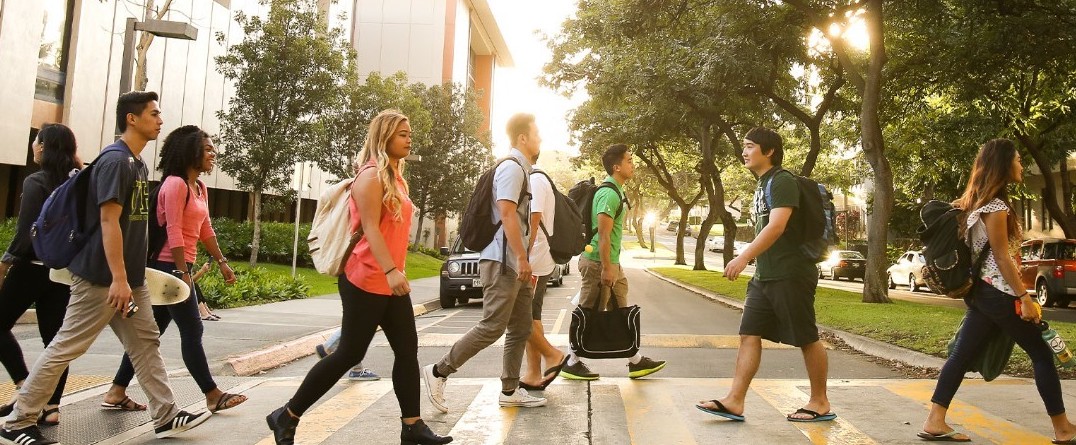Editor’s note: ImpactAlpha has partnered with HIP Investor to highlight upcoming bond issues with social and/or environmental significance. Disclaimer: Nothing in this post or on ImpactAlpha.com shall constitute an offer to sell or solicitation of an offer to buy bonds.
- CUSIP bond identifier: 040664JR6
- Issuer: Arizona Board of Regents
- Impact entity rated by HIP: Arizona State University “(On-)Campus Immersion” (Green Bond)
- Muni sector: Higher Education (universities and community colleges)
- Closing date: May 10, 2023
- Bond amount: $75,465,000 (Green Bond)
- Coupon: 5.5%
- HIP Impact Rating: 77% connoting “net positive” (higher than 50 on 100-point scale)
- Opportunity Zones located in proximity to the issuing entity: 85, encompassing a population of 331,002, or 8% of total population for Maricopa County
- UN SDG Rating by HIP (on 100 point scale):
- 56% SDG 1: No Poverty
- 85% SDG 3: Good Health and Well Being
- 62% SDG 4: Quality Education
- 98% SDG 5: Gender Equality
- 65% SDG 8: Decent Work and Economic Growth
- 37% SDG 9: Industry, Innovation, and Infrastructure
- 63% SDG 10: Reduced Inequalities
- 71% SDG 11: Sustainable Cities and Communities
- 37% SDG 13: Climate Action
- 73% SDG 16: Peace, Justice, and Strong Institutions
Arizona State University Green Bond
The Arizona Board of Regents is issuing a $75,465,000 Green Bond for the Arizona State University (ASU) “on-campus immersion,” serving students learning in person. The bond will fund the construction of a new academic building, and a mixed-use academic-and-office building for the Tempe city campus. Both buildings will be designed to meet LEED “Silver” certification criteria, further expanding the university’s portfolio of LEED certified buildings – 69 of which have been built to date.
| LEED Platinum | LEED Gold | LEED Silver | LEED Certified |
| 7 | 35 | 26 | 1 |
Sustainability pioneer
Green projects are not a novelty at ASU, which has historically been a pioneer and leader in sustainability. In 2006, ASU launched one of the world’s first schools focused on sustainability, and is currently ranked 1st in the US and 2nd globally according to the Times Higher Education Impact Ratings. Sustainability is deeply embedded in the university’s operations and vision, making it a model for other universities, both within the US and internationally.
Examples of ASU’s commitment are the following eight sustainability goals, which aim at:
(1) enabling a circular resource system which maximizes the use of consumer goods through a Zero Waste program;
(2) working towards a climate positive future;
(3) promoting collaborative action through interdisciplinarity and cross-departmental problem solving;
(4) uplifting communities by integrating justice, equity, diversity and inclusion principles;
(5) understanding the impact food and diets have on the environment and encouraging plant-based diets;
(6) water efficiency;
(7) motivating students, faculty and staff to integrate sustainability goals on campus and in their personal lives; and
(8) climate resilience and adaptation.
The projects
The green projects financed by this upcoming issuance are aligned with the school’s sustainability goals, and include:
- A new academic building on Tempe campus to include classrooms, academic offices, student support spaces, and collaboration areas. This building is a critical component of the university’s master plan, and will serve as a centralized location for the School of Social Transformation. In addition, the building will provide office, counseling, and testing spaces for the Student Accessibility and Inclusive Learning Services (SAILS);
- A mixed-use building to host academic and office space, including for computer labs, and specialty rooms for photography, animation, art, design, music therapy and music programs.
Both buildings are designed to meet LEED Silver certification criteria, and more specifically:
- Are in proximity to public transportation and maximize campus, retail and community facilities connectivity;
- Include planning for open space, such as prioritizing pedestrian mobility and facilitating outdoor learning through the use of climate appropriate plants that provide shading;
- Aim to be water efficient through water use reduction and metering;
- Use a high-performance building envelope to optimize shading;
- Use optimized concrete mixes and materials that lower the carbon footprint, reduce life cycle impacts, and improve occupant comfort, health and air quality.
HIP analysis
HIP Investor analyzes and evaluates the impact of over 6,200 higher education (universities and community colleges) entities belonging to both the private (profit and non-profit) and public sectors, and offering a variety of degrees, including at the associate, bachelor and master, as well as PhD level.
HIP’s Impact rating for higher education is based on 24 data-driven metrics material to this sector, each belonging to one of the five pillars of health, wealth, earth, equality and trust. HIP Investor looks at areas of impact such as quality of education achieved, as well as education affordability and the diversity of the population served.
When assessing the quality of education, HIP Investor evaluates, among other metrics, the student-to-faculty ratio. Although it is often a point of contention among researchers, policy-makers, parents and school officials, HIP Investor considers a smaller student-to-faculty ratio to be more likely to deliver positive education outcomes.
Other impact metrics rated by HIP include graduation rates, gender and ethnic diversity, percent of students registered with the office of disabilities, average amounts of student loans received, and average net prices paid to attend university.
With a HIP Impact rating of 77%, ASU achieves a net positive impact and ranks above average among its peers.
Alignment with UN SDGs
In addition to analyzing an entity’s impact across five HIP pillars, HIP Investor also maps its performance to the UN Sustainable Development Goals (SDGs). ASU and this Green Bond issuance are aligned with ten out of seventeen goals:
SDG No. 1 seeking No Poverty through long-lasting impacts of education, which include better competitiveness on the job market, leading to higher salaries
SDG No. 3 striving for Good Health and Well Being by offering education and training for health workers
SDG No. 4 aiming to provide Quality Education through relevant, competitive and timely coursework
SDG No. 5 promoting Gender Equality by enrolling and empowering women
SDG No. 8 contributing to Decent Work and Economic Growth by educating the population and developing skills for the future
SDG No. 9 developing Industry, Innovation, and Infrastructure by training and educating future engineers and urban planners
SDG No. 10 seeking Reduced Inequalities by making education accessible and affordable to diverse and underserved groups of people
SDG No. 11 building Sustainable Cities and Communities by educating the population and contributing to an environmentally savvier workforce and planning community
SDG No. 13 taking Climate Action by greening its infrastructure and encouraging students, staff and faculty to live sustainably
SDG No. 16: working towards Peace, Justice, and Strong Institutions by educating future world leaders
Long-term impact
As outlined above in the mapping to UN SDGs, education is a driving force towards building a more sustainable and resilient future. By offering affordable education, a higher education institution can have a powerful impact on individuals and communities, and play a special role in escalating those living in poverty with the development of skills that are sought after in the job market and which have higher earning potential.
Higher-impact schools also have a more diverse student body, in terms of race, ethnicity, and gender. Furthermore, schools can have a more positive impact if they allocate resources to improve school accessibility and affordability for underrepresented groups, as well as for students with disabilities.
And quite importantly, higher education institutions can increase their impact by engaging students in critical thinking aimed at addressing intractable problems such as climate change, environmental justice, income inequality, and access to affordable healthcare, housing and education.
“Net positive”
With a HIP Impact rating of 77%, ASU achieves a net positive impact and ranks above average among its peers. ASU continues to be a leader in sustainability, not just within its academic offering but also in its operations. For example, ASU provides fair opportunities for small businesses owned by women and minorities to compete against large national businesses to supply products and services, and it also developed sustainable purchasing guidelines.
In addition, and as documented in the uses of proceeds of this bond, ASU is committed to achieving LEED Silver certification for all of its newly constructed buildings that it owns and operates. ASU on-campus initiatives include energy conservation, solarization, recycling, zero waste initiatives, composting, no-cost bicycle rentals for students, sustainable food services, and water conservation.
Based on HIP’s impact metrics, ASU’s ranks “net positive,” and above its peers, in delivering high quality and affordable education contributing to long-term well-being.
Srdana Pokrajac is director of impact ratings and outreach HIP Investor.
HIP Investor Inc. is a state-registered investment adviser in several jurisdictions, and HIP Investor Ratings LLC is an impact-ratings firm evaluating impact and ESG on 123,000 municipal entities, 250,000 muni-bond issuances, and 12,000 corporates for equities and bonds. HIP Impact Ratings are for your information and education – and are not intended to be investment recommendations. Past performance is not indicative of future results. All investments are risky and could lose value. Please consult your investment professionals to evaluate if any investment is appropriate for you, your goals, and your risk-return-impact profile.











